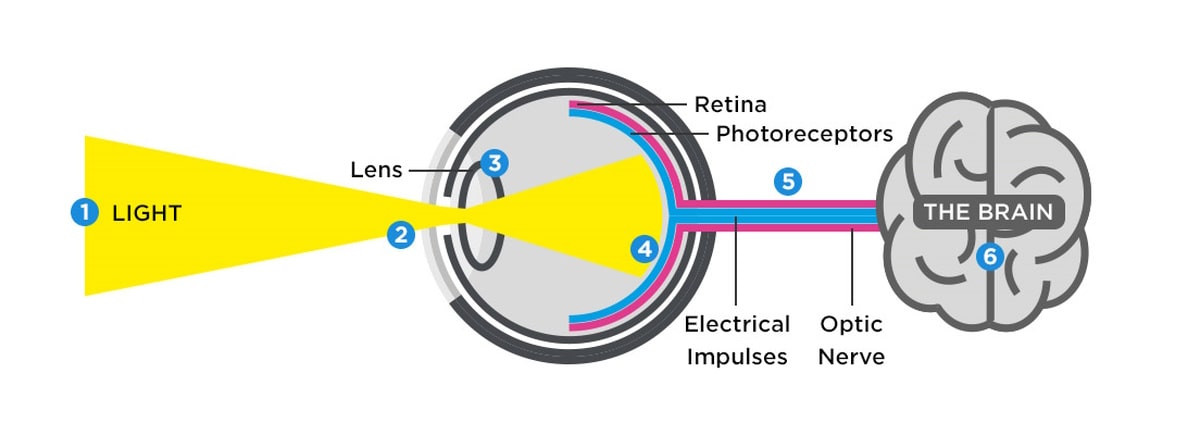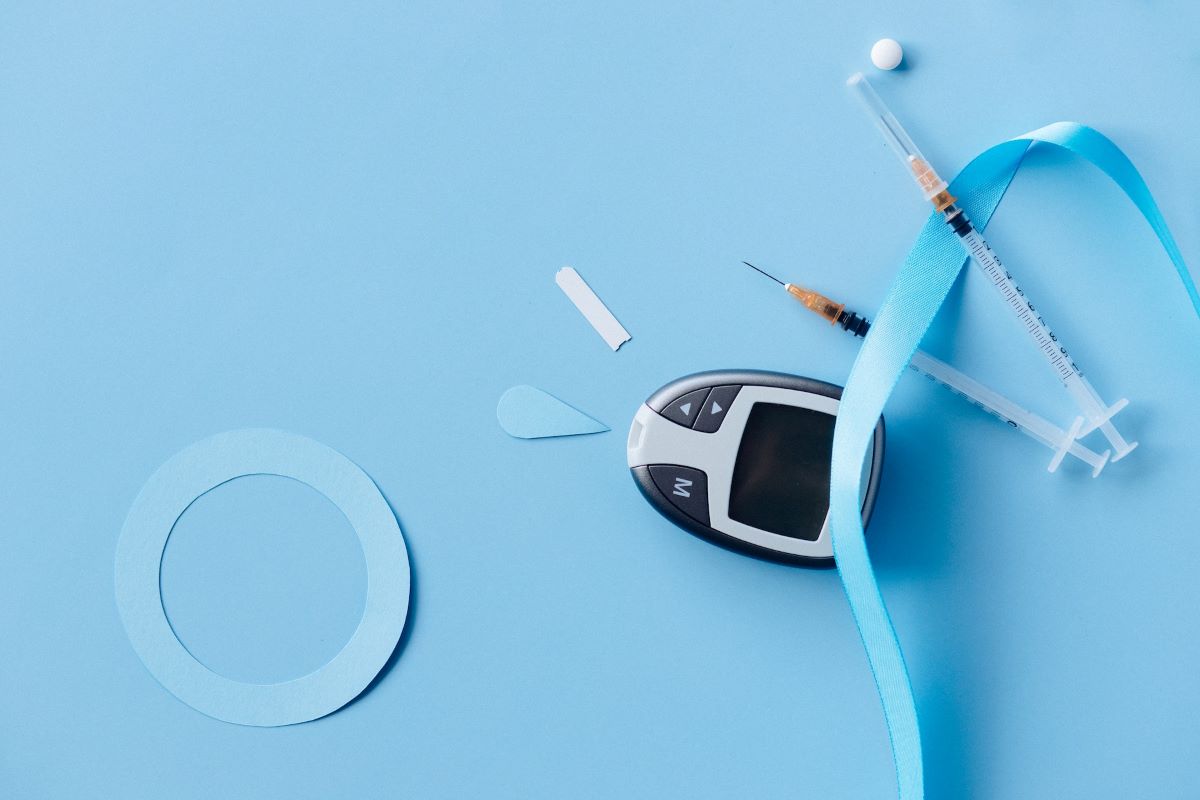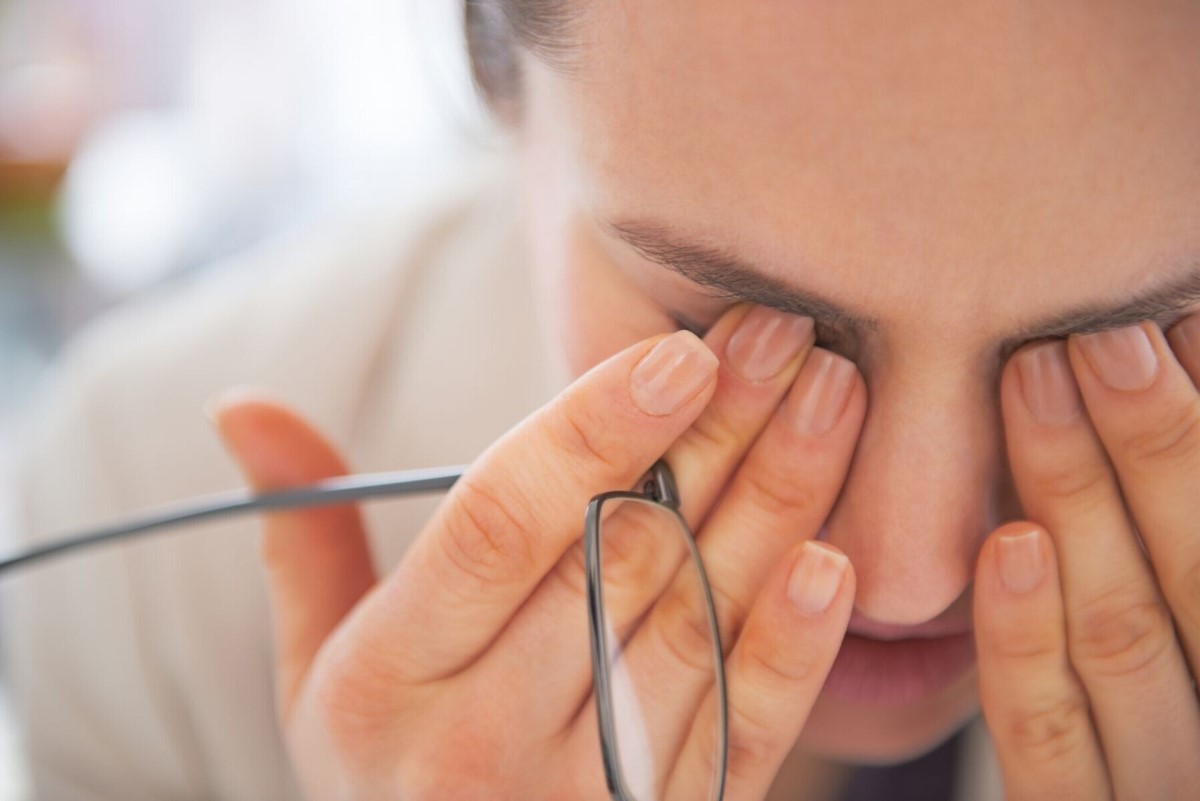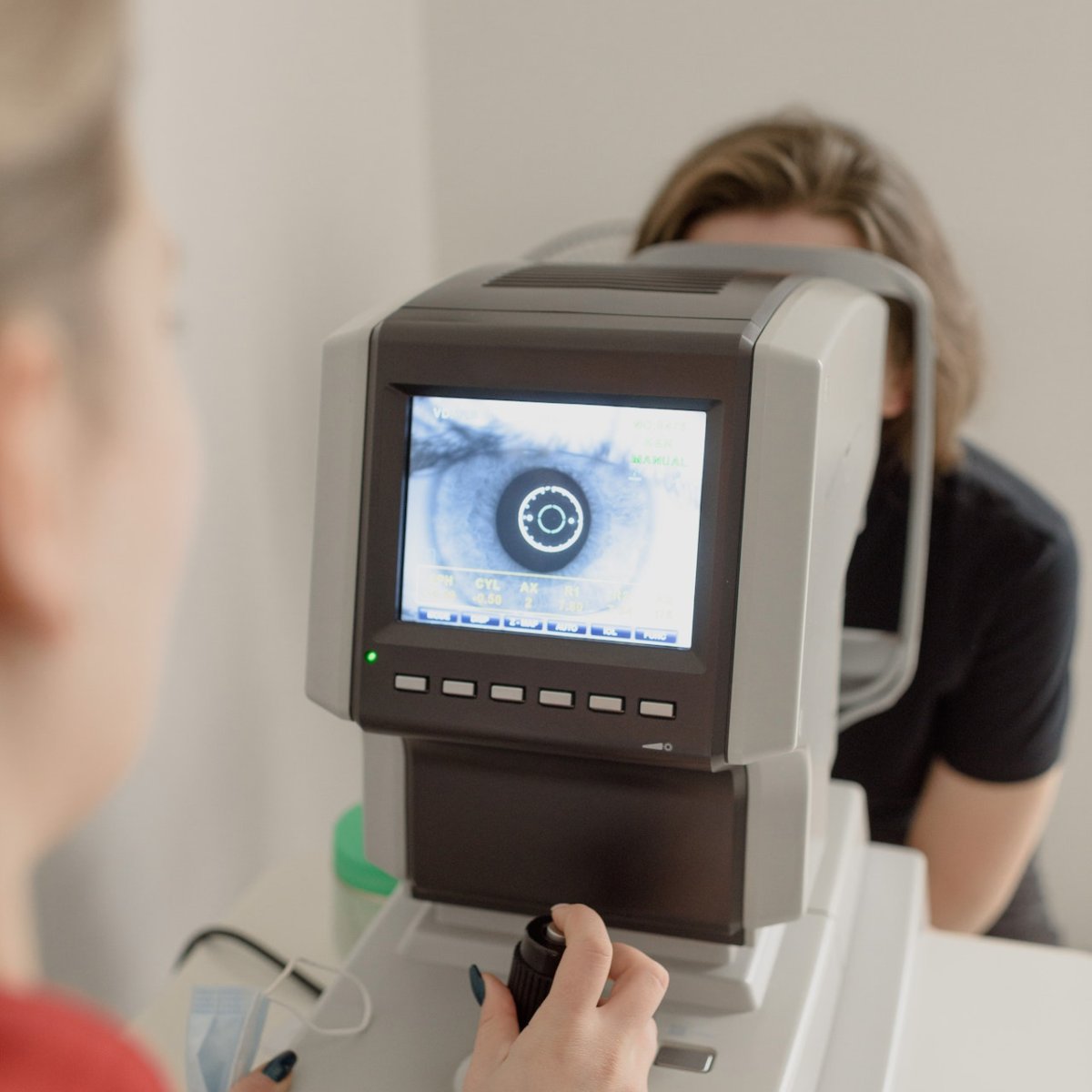The Retina: What It Is & How It Works
Have you ever wondered how your eyes can capture colors and intricate details? The answer lies within a tiny yet crucial part of your eye: the retina. Let’s take a closer look!
What is the retina?
The retina is a thin layer of tissue at the back of the eye that contains several different types of cells.
There are two main types of cells: rods and cones. Rods are responsible for night vision, while cones are responsible for sharp central vision and color vision.
How does the retina work?
Think of it this way: Light enters the camera when you take a picture and hits the film. This is what forms an image, and it works the same way with your eyes!
Just like a camera can have different types of film for various lighting conditions, your retina has specialized cells that help it adjust to varying light levels. That way, you can see clearly in both bright and low light conditions. The retina also lets us see in 3D by detecting depth and spatial relationships between objects.
There are two parts of the retina: the macula and the peripheral retina. The macula is the part of our eye that gives us central vision, which allows us to see fine details and colors. This is important for activities like reading and driving.
On the other hand, the peripheral retina helps you see the big picture. It is responsible for our peripheral vision, which is our ability to see things that we’re not directly looking at.
Diseases that can affect the retina
Age-related macular degeneration (AMD)
Age-related macular degeneration (AMD) is a condition that involves the breakdown of the cells in the macula. It is a significant cause of vision loss among older adults. Those with AMD have difficulty seeing fine details, reading, and performing other daily activities.
There are two main types of AMD: dry and wet. Dry AMD is the more common form that occurs when the cells in the macula slowly break down over time. As for wet AMD, it is a more severe form that happens due to the abnormal growth of blood vessels. This causes fluid or blood to leak through the macula.
Currently, there is no cure for AMD. However, some treatments can slow its progression. For dry AMD patients, treatment may include a diet rich in vitamins and antioxidants and wearing protective eyewear. To treat wet AMD, patients may be administered anti-vascular endothelial growth factors (VEGF) injections and laser therapy to help slow down or stop the growth of abnormal blood vessels and prevent vision loss.
Diabetic retinopathy
As you may be able to guess, diabetic retinopathy affects people with diabetes and is one of the major causes of blindness in working-age adults. It occurs when high blood sugar levels caused by diabetes damage the retina’s blood vessels.
This condition can lead to several problems with the retina, including the formation of new, abnormal blood vessels and fluid leakage from these vessels. Over time, these changes can cause the retina to become swollen and damaged, leading to vision loss and blindness.
Worryingly enough, there usually aren’t any symptoms in the early stages of diabetic retinopathy. As the condition progresses, symptoms such as blurred vision, dark spots, or floaters arise. More severe cases may result in loss of vision or complete blindness.
Treatment varies depending on the severity of the condition.Your doctor will likely recommend blood pressure medications and regular monitoring of your blood sugar levels and cholesterol count.
For more advanced cases, treatments may include laser therapy. This can help seal leaking blood vessels and prevent progressive vision loss. Surgery may also be required to remove blood or fluid from the retina.
Retina detachment (detached retina)
Retinal detachment is a serious condition in which the retina separates from its underlying supportive tissue. This can cause vision loss and blindness if not treated promptly.
There are several risk factors for retinal detachment, including aging, previous eye injury, family history of the condition, and high myopia. Symptoms to look out for include floaters, flashes of light, and sudden or gradual vision loss.
Treatment for retinal detachment usually involves surgery to reattach the retina to its underlying tissue.
Retinitis pigmentosa
Retinitis pigmentosa is a genetic condition that affects the cells of the retina. It’s an inherited retinal disease that causes progressive vision loss, starting with night blindness and progressing to peripheral vision before finally affecting central vision.
Unfortunately, there is no cure for retinitis pigmentosa. Some treatments, such as rehabilitation programs and low vision aids, can help slow down vision loss. Using UV sunglasses can also help delay symptoms.
Signs of retinal problems to look out for
If you experience any of the symptoms below, it is highly advised to seek medical attention immediately. Early detection and treatment of retina problems can make all the difference in your recovery rate.
- Blurry visionThe loss of sharpness in your vision.
- Loss of peripheral visionTrouble seeing things out of the corners of your eye.
- FloatersSpecks, strings, or cobwebs that seemingly float in front of your eyes and obstruct your vision.
- Flashes of lightSudden, bright flashes of light that occur out of nowhere.
- Visual field changesA blind spot or area within the normal field of vision in one or both eyes.
- Distorted visionStraight lines appear to be curved or distorted in your vision.
- Light sensitivityTrouble adapting to changes in lighting or experiencing excessive discomfort or pain in bright light conditions.
Ways to care for your retina
Going for regular eye exams can help detect any conditions you may have early on and prevent them from progressing further. At the very least, early detection allows you to have a wider variety of treatment options.
You should also wear sunglasses that block UVA and UVB rays outdoors to protect your eyes and reduce your risk of retinal damage.
Food-wise, a balanced diet rich in vitamins and minerals such as vitamin A and antioxidants can help protect your eyes and maintain your retina’s health.
Smokers, pay attention: smoking is a risk factor for several eye diseases, including age-related macular degeneration and diabetic retinopathy.
Finally, practicing good eye hygiene is also a must. Keep your eyes healthy by practicing healthy habits such as using reading or looking at screens in sufficient lighting, taking frequent breaks from the screen, and using protective gear when playing sports or other activities that may pose a risk to your eyes.
The retina: a wonder of biology that lets us see
The retina is a fascinating part of our anatomy that works tirelessly to help us see the world around us. With its intricate network of cells and its ability to process and transmit light into images, the retina truly is a wonder of biology.
As it plays such a crucial role in our ability to see, you’d want to take as good care of your retina as possible. By simply making a few tweaks to your lifestyle and integrating basic healthy habits, you can pave the way towards longer-lasting good vision.
For more tips on how to maintain your eyes’ health, be sure to keep reading our blog!

Written by:
Angie Garcia














